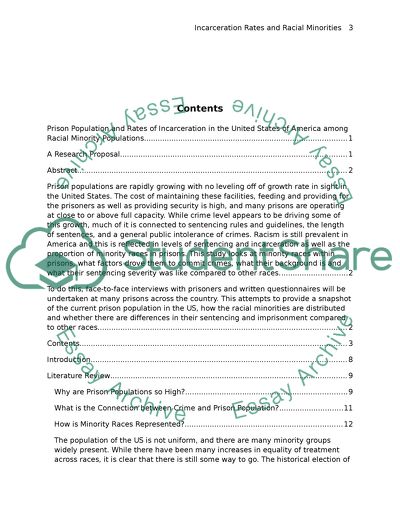Cite this document
(“RESEARCH PROPOSAL ON PRISON POPULATION AND RATES OF INCARCERATION IN Paper”, n.d.)
Retrieved de https://studentshare.org/law/1390835-research-proposal-on-prison-population-and-rates
Retrieved de https://studentshare.org/law/1390835-research-proposal-on-prison-population-and-rates
(RESEARCH PROPOSAL ON PRISON POPULATION AND RATES OF INCARCERATION IN Paper)
https://studentshare.org/law/1390835-research-proposal-on-prison-population-and-rates.
https://studentshare.org/law/1390835-research-proposal-on-prison-population-and-rates.
“RESEARCH PROPOSAL ON PRISON POPULATION AND RATES OF INCARCERATION IN Paper”, n.d. https://studentshare.org/law/1390835-research-proposal-on-prison-population-and-rates.


